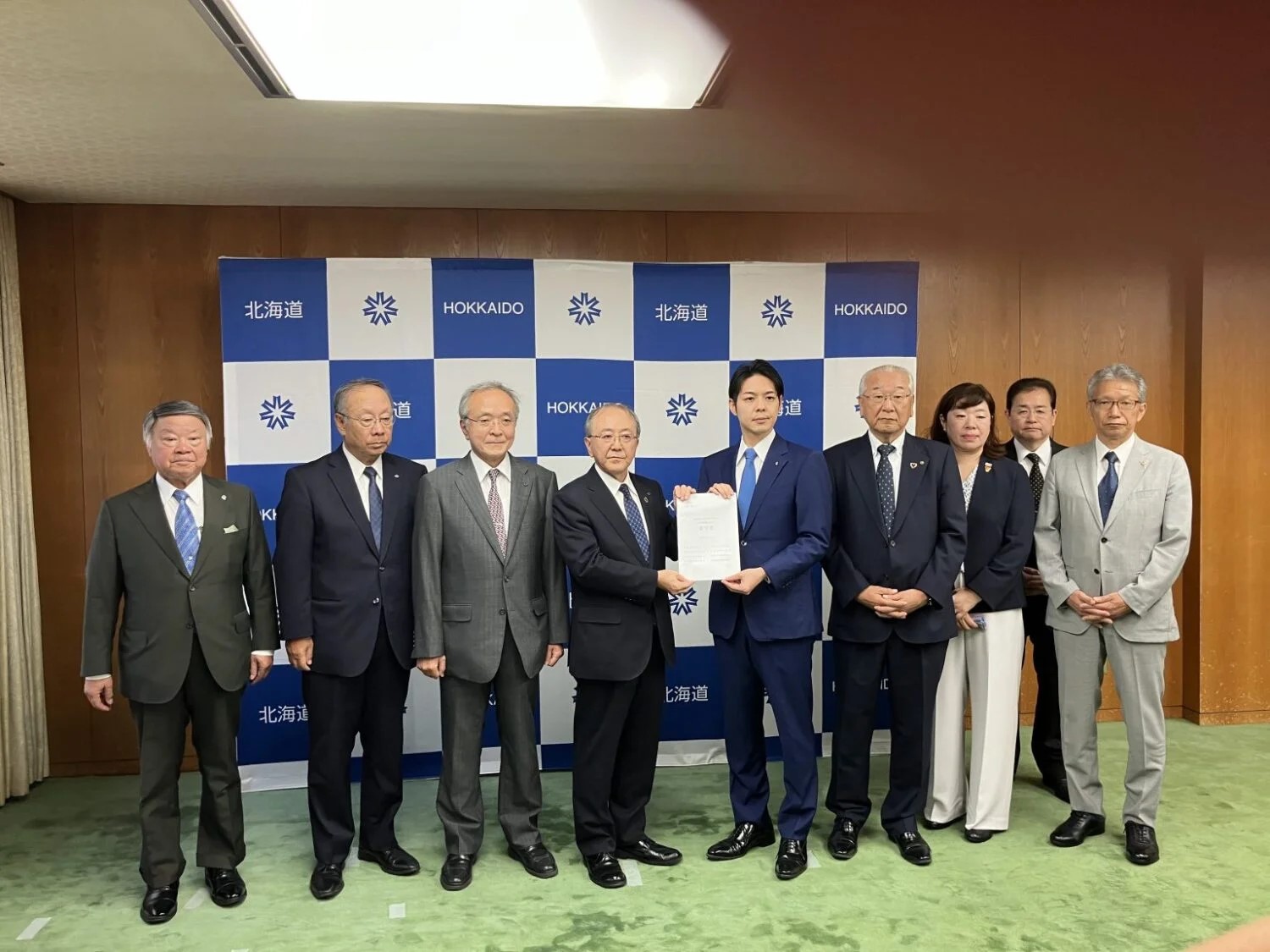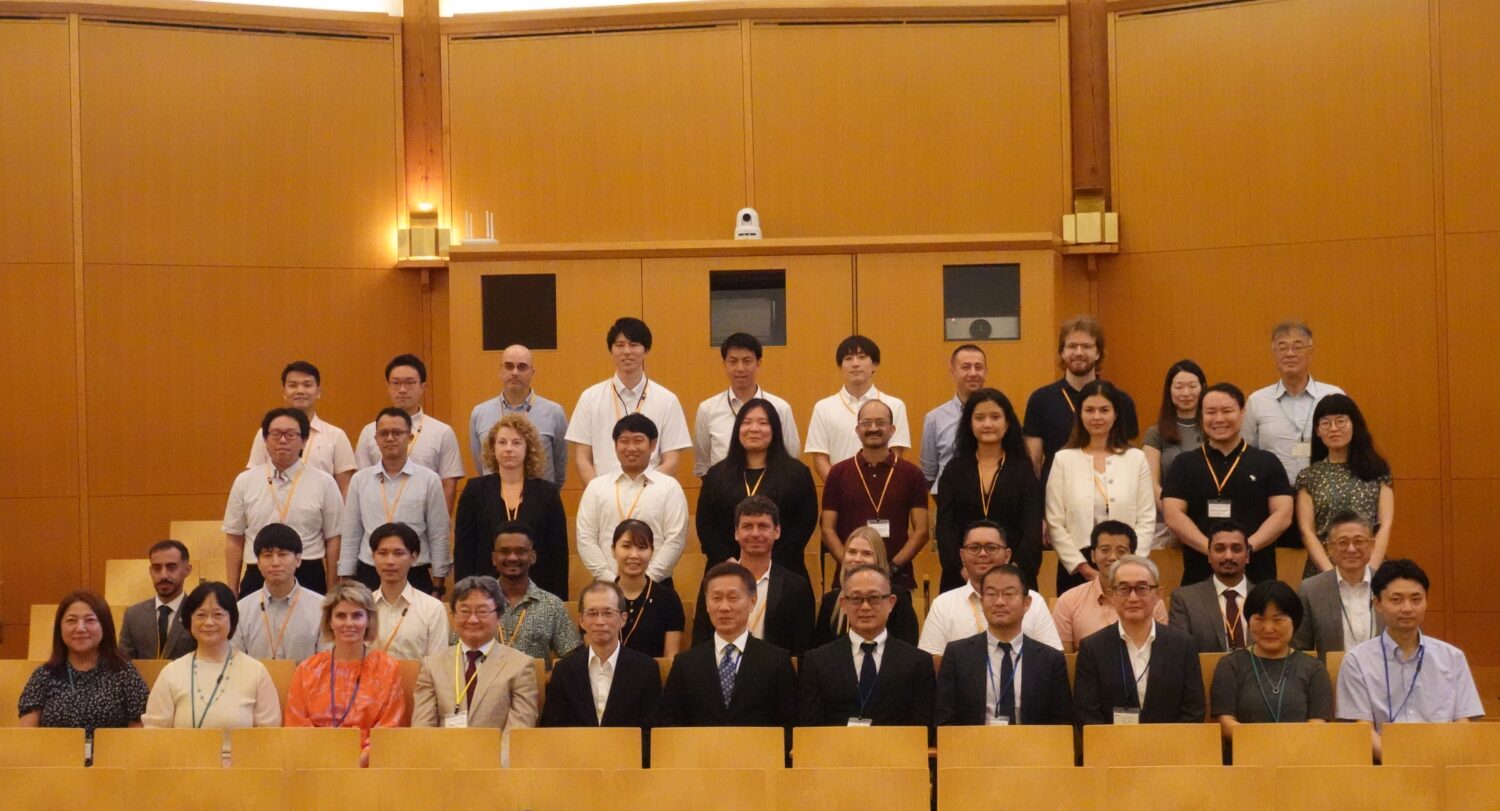The taxation period is to be five years, starting on November 10, 2016. When any spent fuel has been stored at a plant site for more than five years, it will become subject to an annual tax of JPY1,000 (USD9.35 at USD1=JPY107) per kilogram.
At the beginning of the assembly, Governor Issei Nishikawa gave a policy address dealing with major current issues faced by the prefectural government. Specifically, he spoke about reports about decommissioning at the Mihama-1 and -2 and the Tsuruga-1 Nuclear Power Plants by the Kansai Electric Power Co. (Kansai EP) and the Japan Atomic Power Co. (JAPC) respectively. The reports, submitted last month in accordance with agreements with the two companies concluded in February, dealt with the status of the NPP decommissioning.
The governor then said that he had requested that both companies “ensure the safety of those NPPs to the same level as if they were in operation, realizing interim storage of spent fuel outside the prefecture, and steadily implementing the treatment and removal of dismantled waste.” He also asked them to “explain the decommissioning activities specifically, to make it easier for local companies to participate in the work.”
The governor also asked the citizens of Fukui prefecture for their understanding on an extension of the operating lifetime for Kansai EP’s Takahama-1 and -2 NPPs, and asked the national government to make concerted efforts to carry forward the nuclear cycle policy, including the fast breeder reactor (FBR) Monju, also located in Fukui.
He emphasized that his views on enhancing nuclear emergency measures, including a plan to conduct an area-wide emergency evacuation drill in the Takahama area on August 27, spanned multiple prefectures.
Governor Nishikawa is a member of the national Advisory Committee for Natural Resources and Energy. In discussions there, given that the nuclear fuel cycle business is stagnating, he has spoken about the possibility of electricity-consuming areas accepting spent fuel now stored within NPP premises. He is concerned that the spent fuel storage capacities are becoming tight at siting areas.



-049.jpg)
.jpg)














